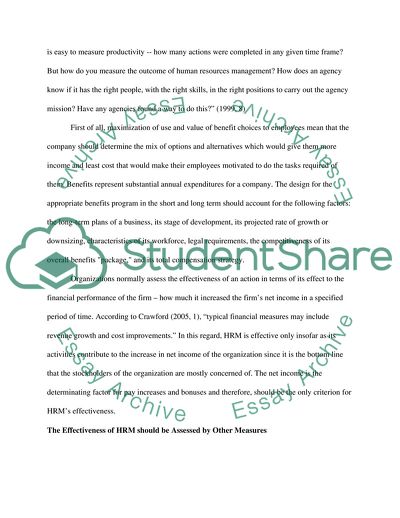Cite this document
(The Effectiveness of HRM Should Be Assessed Only by Financial Measures Article, n.d.)
The Effectiveness of HRM Should Be Assessed Only by Financial Measures Article. https://studentshare.org/human-resources/1734584-the-effectiveness-of-hrm-should-be-assessed-only-by-financial-measures-negative-and-affirmative
The Effectiveness of HRM Should Be Assessed Only by Financial Measures Article. https://studentshare.org/human-resources/1734584-the-effectiveness-of-hrm-should-be-assessed-only-by-financial-measures-negative-and-affirmative
(The Effectiveness of HRM Should Be Assessed Only by Financial Measures Article)
The Effectiveness of HRM Should Be Assessed Only by Financial Measures Article. https://studentshare.org/human-resources/1734584-the-effectiveness-of-hrm-should-be-assessed-only-by-financial-measures-negative-and-affirmative.
The Effectiveness of HRM Should Be Assessed Only by Financial Measures Article. https://studentshare.org/human-resources/1734584-the-effectiveness-of-hrm-should-be-assessed-only-by-financial-measures-negative-and-affirmative.
“The Effectiveness of HRM Should Be Assessed Only by Financial Measures Article”. https://studentshare.org/human-resources/1734584-the-effectiveness-of-hrm-should-be-assessed-only-by-financial-measures-negative-and-affirmative.


